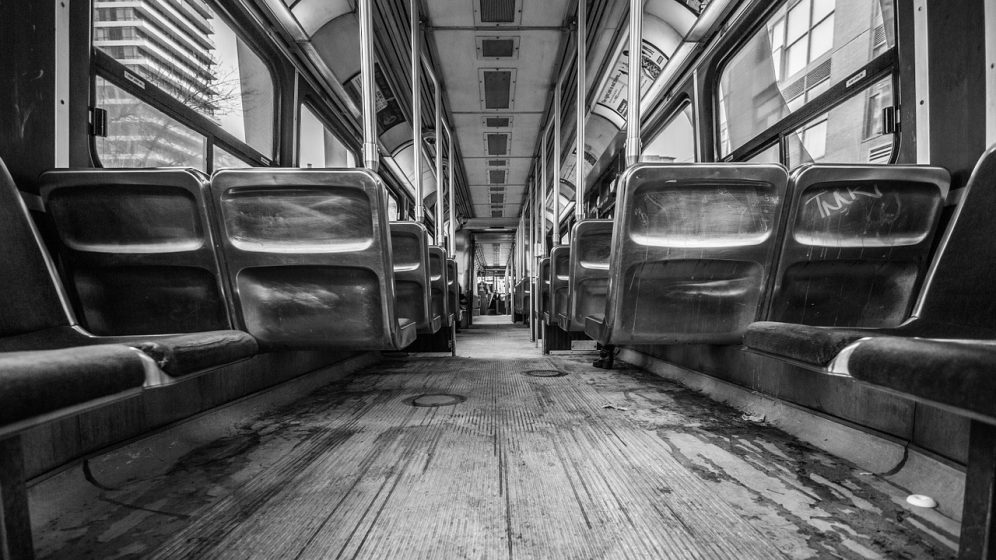
Getting around when you’re living in an occupied area or a war zone can be a dangerous affair. You must always bear in mind that the situation has changed drastically. Law enforcement might have collapsed; carjackings, kidnappings, robberies, rapes, and shootings will be on the rise.
Any of these things can happen while you’re just trying to get from one point to another. It’s of paramount importance that you be aware of the pros and cons of the different modes of transportation.
Do note that the place you’re travelling to will also determine the level of risk. If you’re going to the store in your part of town that you know is relatively safe, there will be a lower chance of you being accosted.
However, if you’re driving to work or to a place where you’ll be passing by ‘hot zones’, you may run into dangerous elements. There may be fake checkpoints, people with ulterior motives, and other unpredictable scenarios. Let’s look at some of the tips.
Bicycles
When in a war zone, a bicycle will be extremely handy to have. This is a method of transportation that requires no fuel, produces little noise, and can travel in tight spots that a car would not be able to reach. At night, you can even cycle by in the dark unnoticed.
However, it leaves you exposed. If you choose to take this option, it will help to carry a concealed firearm for your own protection. If you do not have a firearm, any other weapon such as pepper spray, knives, etc. will do.
Cars
Always keep your windows closed and your doors locked when you’re at traffic lights. Vary your routes so that you seem unpredictable to anyone who may be surveilling you.
Be aware of how to use the central locking system (if your car has one) and use it quickly if you detect a threat. You should avoid driving at night.
During a crisis, there could be criminal gangs or groups looking to create trouble. Stick to main roads that are patrolled more often by law enforcement. Be extra alert when filling up your vehicle with gas. Many carjacking incidents have taken place at fuel stations.
If you have children in the car, it’s always best to be armed. Carjackings can get violent and you’ll be able to deter most criminals with a firearm.
Do not get out of your vehicle to assist anyone in an accident. It could be a fake accident designed to get you out of your car. Once you do that, the criminals will drive off with your vehicle- if they leave you unharmed.
Taxis, Buses, and Trains
Never sleep during a ride on public transport; you can be robbed- or worse. Being taken by surprise is one of the worst things that can happen. Always be alert and ready to act in case of an emergency.
Try to travel during the daytime. Most violent incidents tend to occur at night when there are fewer people around and criminals are emboldened by the cover of darkness.
Tie your valuables to yourself. It may seem like an extreme measure, but any bag snatcher can only go so far if the bag is tied to your belt.
When in a train compartment, try and log the door if possible. Use a belt or luggage strap to secure the door if it has no lock.
If you’re taking a taxi, always sit at the back and make sure the driver is taking a route you know. Do not flash your cash or tell him your plans. You do not want strangers knowing your reasons for travel, where you live, etc. Ideally, you could stop the taxi at a place near your location and walk a short distance to your destination.
All these tips if used correctly, will keep you safer while you travel. It’s best to travel with one or two other companions because there is strength in numbers. Stay alert, and always exercise good judgment when traveling.

